Any enterprise engaged in economic activity has fixed assets in its assets. As a rule, they are intended for use in the work process or can be leased.
The receipt of fixed assets is provided by the founders through contributions to fixed capital, as well as through construction, purchase or donation.
Concept and essence
Fixed assets in accounting and tax accounting include any property used over a long period. This property can be directly involved in production, during any work, during transportation of products or transfer for temporary use.
In accounting, fixed assets refer to the assets of the enterprise only if they bring any economic benefits, the period of their application is more than 12 months.
Fixed assets in accounting and tax accounting are taken at a certain initial cost, that is, at actual expenses incurred by the company for the purchase, construction or installation of property.
If these funds were received through exchange or free of charge, their market value is taken as a basis.
In relation to the studied objects, the conditions must be met:
- there is no intention to sell or process the studied objects in the near future;
- they benefit the entrepreneur for at least 12 months (or one working cycle if it exceeds one year);
- they potentially bring income to the owner (now or in the future);
- objects can be subject to wear and tear and lose value.
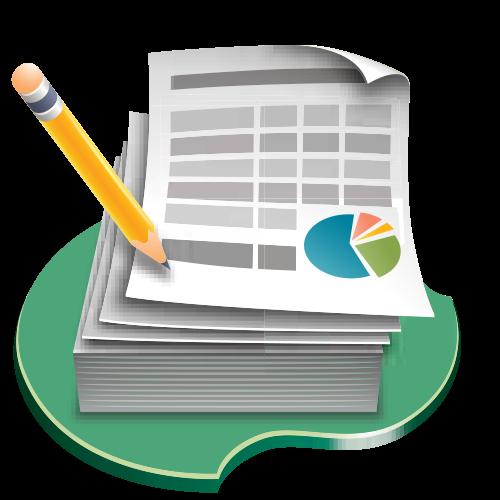
Classification and composition
In accounting, fixed assets have a fairly broad classification, divided into one or another function. Thus, they can be construction, industrial, transport, etc. If we talk about industrial means, they usually include manufacturing enterprises, machines, means of transportation, computer equipment, etc.
In the construction industry, fixed assets may include bulldozers, excavators, cranes. In the communications industry, television towers, radio towers, as well as equipment used to transmit signals.
In accordance with the use of fixed assets are divided into current, inactive and spare. The first type includes any property that is directly involved in the production or provision of services.
Inactive assets are those funds that are temporarily not used in economic activities, for example, mothballed objects. Spare assets are reserve equipment designed to replace faults.
Fixed assets are classified in the All-Russian Classifier of OS (OKOF). According to this register, the following groups of funds can be represented:
- building constructions and structures;
- land;
- mechanisms;
- devices
- tools, inventory;
- Computer Engineering;
- transport;
- livestock;
- planted perennials;
- objects of nature;
- investments in rented inventory items in land improvement;
- some other types of material objects.
If the goods are serviced by the owner for no more than 1 year, then he has not yet reached the status of a permanent asset.
There is a cost limit: if a tangible asset costs less than 40 thousand rubles, it is not classified as a fixed asset.This limit does not apply to agricultural implements, livestock, construction equipment and weapons: all these are fixed assets, regardless of how much it costs.
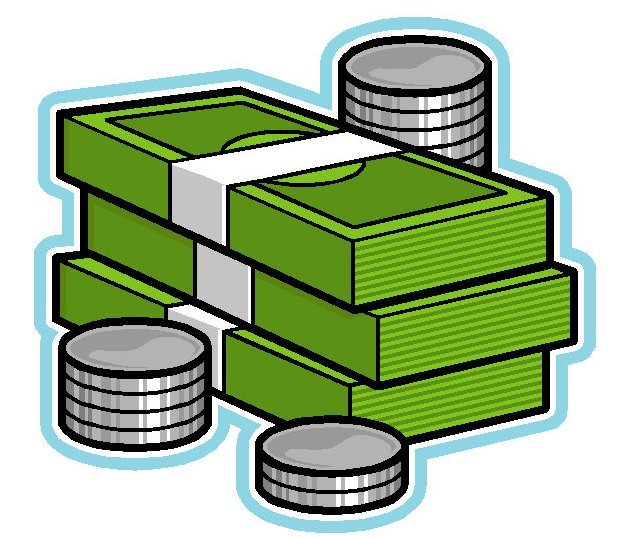
Accounting role
The main purpose of accounting for fixed assets is to increase the profitability and profitability of their use. If the manager has an idea of their role in the production process, he can easily identify methods that will reduce production costs, increase productivity and profitability.
In addition, the accounting of fixed assets is carried out with the need to ensure control over their availability and preservation. Any property has a tendency to wear out and obsolescence, and accounting allows you to timely determine the feasibility of expenses for repairs, depreciation or write-offs.
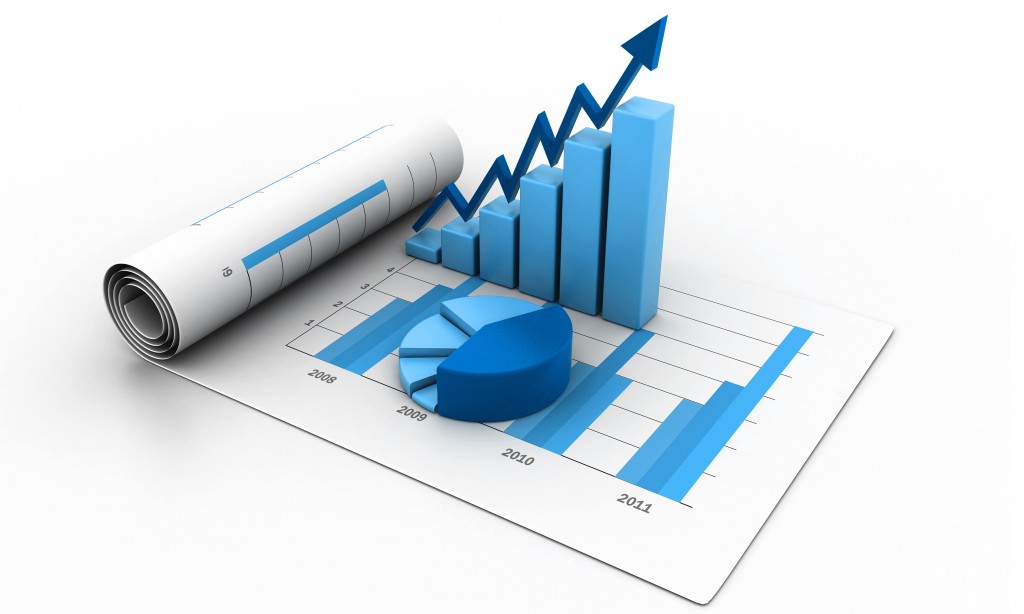
Organization of accounting in accounting
Fixed assets in the Russian Federation are accounted for on the basis of PBU-6/01.
Accounting means clarifying information on the name and value of fixed assets of the organization. For this, the value of each unit of goods is initially determined: it depends on the way the asset is included in the fixed assets of the enterprise. Then this value is reduced monthly with the help of a certain depreciation value, which is reflected in the balance sheet in the form of residual value. Assets are presented as non-current assets.
When acquiring an asset in any way, the task of accounting professionals is to ensure that the asset is received correctly by the company and that the asset is subsequently recorded in the financial statements.
The first thing to do in this context is to determine the initial cost of the asset. Therefore, it is important to know what it consists of.
In paragraph 8 of RAS 6/01, it is noted that the initial cost is calculated by summing up all the costs that the company actually made to acquire the object and bring it to a state in which it can be used in production, namely:
- purchase price or construction cost. If the OS for the company was built by the counterparty, the costs can be confirmed using the acceptance certificate, invoice, certificate of completion, etc. The price should be included in the initial cost without VAT. VAT is reflected in the value of an asset only if the firm uses this asset for tax-free activities;
- the amount spent on delivery of the object from the manufacturer (former owner) to the company. For accounting, a confirmation of this share of the initial cost of fixed assets will be a bill of lading or invoice;
- the costs that the company had to take on to make the facility suitable for use in production. This cost group includes the cost of installation, debugging;
- in a situation where the asset is imported from abroad, customs duties specified in the declaration are also included;
- any other expenses incurred by the company in connection with the acquisition of the operating system.
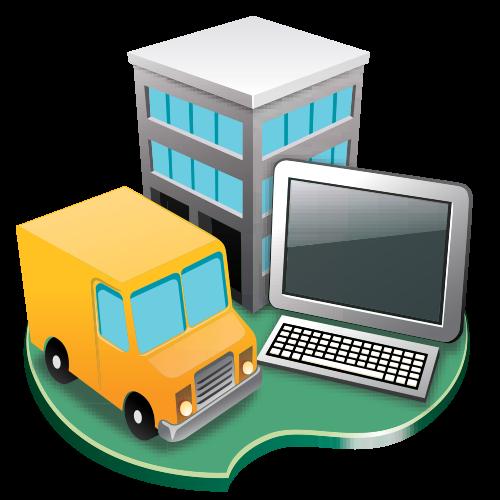
The fundamental difference between accounting and taxes is the fact of accounting for the initial cost of the interest asset on loans taken by the company for the acquisition of this asset.
In the case of tax accounting, interest relates to non-operating expenses.
After the total value of the initial cost of the asset is calculated, such an object can be taken into account. For this, an OS acceptance certificate is issued, and then a special inventory card for the object is opened.
The initial cost is set immediately and is no longer being revised.
Depreciation and Accounting Concept
Accounting and tax accounting for depreciation of fixed assets has its own specifics.
Depreciation is a decrease in the initial value of an asset over the life of its use, that is, the period when it is planned to receive income from this asset.It can be revised if capital investments were made in the object with the purpose of its modernization, restoration, technical reorganization, repair, etc. The amount of such investments is called replacement cost.
After accounting for the fixed asset, it is necessary to depreciate it, which means the regularity of writing off part of the value of the object to current expenses. The only exceptions are land and natural resources, which are not subject to depreciation, since their consumer properties do not change over time.
Currently, it is possible to use four depreciation methods: linear; a method of reducing residue; the method of writing off the value by the sum of the number of years of the useful life and the method of writing off the value in proportion to the volume of production (work).
Different methods are established for homogeneous groups of funds and are used throughout its life.
The accrual of depreciation of fixed assets in tax accounting involves several different rules. Here it is possible to use only two methods: linear and nonlinear.
Often, to eliminate discrepancies in both tax and accounting, the same method is used, usually a linear one.
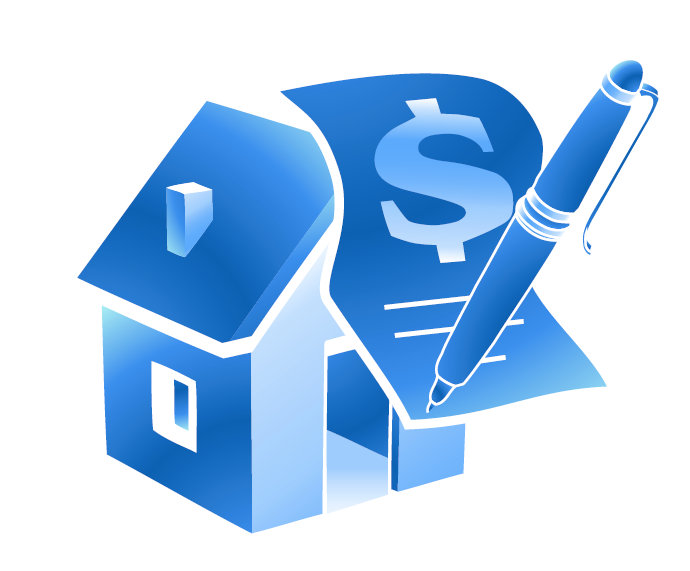
Regardless of the depreciation method used by the company, the accountant must post every month equal to the amount of annual depreciation divided by 12.
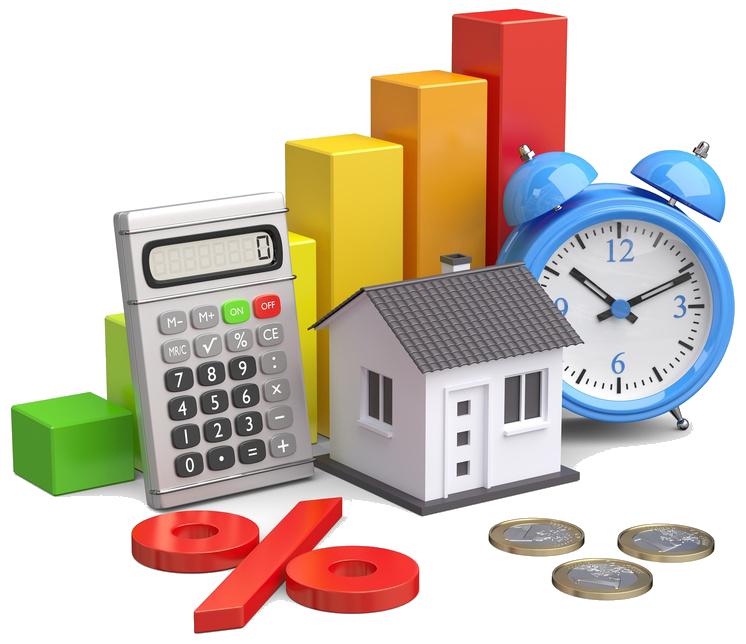
Admission
Acquisition of fixed assets occurs at their initial cost. Tangible assets of an enterprise can be received in the following ways:
- purchased from suppliers for a fee, which is the initial cost;
- introduction by the founders;
- construction (accounting of the cost of construction);
- receipt by barter agreement: the cost is determined in accordance with the provisions of paragraph 11 of PBU 6/01.
The funds received are accepted by the acceptance certificate, and then by the order of the head to put them into operation.
Preservation and its essence, accounting issues
Preservation of fixed assets is the termination of an object for any period with the possibility of its extension.
The conservation of fixed assets in tax and accounting is a set of measures aimed at ensuring the safety and performance of an asset during its downtime.
At the same time, an organization may, but is not required to, transfer an unused OS object for conservation.
After the manager signs the order and approves the act of acceptance and transfer of the OS for conservation, fixed assets are transferred to storage.
At the same time, the object transferred for conservation remains in the OS list.
Consider the conservation of fixed assets in tax and accounting.
Fixed assets for conservation, as well as fixed assets in operation, must be recorded separately on account 01 “Fixed assets”.
Therefore, on the chart of accounts of the organization, it is necessary to provide an account 01 “Fixed assets” of the sub-account “Fixed assets during conservation”.
During the retention period, the value of the asset is not excluded from the property tax base (regardless of how the tax is calculated on the basis of the cadastral or book value).
The conservation of fixed assets during tax accounting does not exempt the company from paying transport tax (if the OS relates to vehicles).

Accounting modernization
This concept is relevant for organizations that manage their own fixed assets. The cost of updating can be significant, so it is important to correctly reflect it in accounting.
In order to account for the costs of modernization apply account 08 "Investments in non-current assets".
The modernization of fixed assets in the accounting and tax accounting of this process involves the entries:
- Dt 08 Kt 10, 60, 69, 70, 76 - the cost of modernization;
- Dt 01 Kt 08 - when updating an asset, it indicates an increase in its initial value.
For organizations with a large list of assets, it is also important to pay attention to analytical accounting.
The modernization of fixed assets in tax accounting involves an increase in the value of the fixed asset according to the initial assessment. At the same time, the period of its application can be increased, but only according to the standards of the depreciation group in which this object is included. You can allocate the amount of the depreciation premium for the indicated costs of modernization.
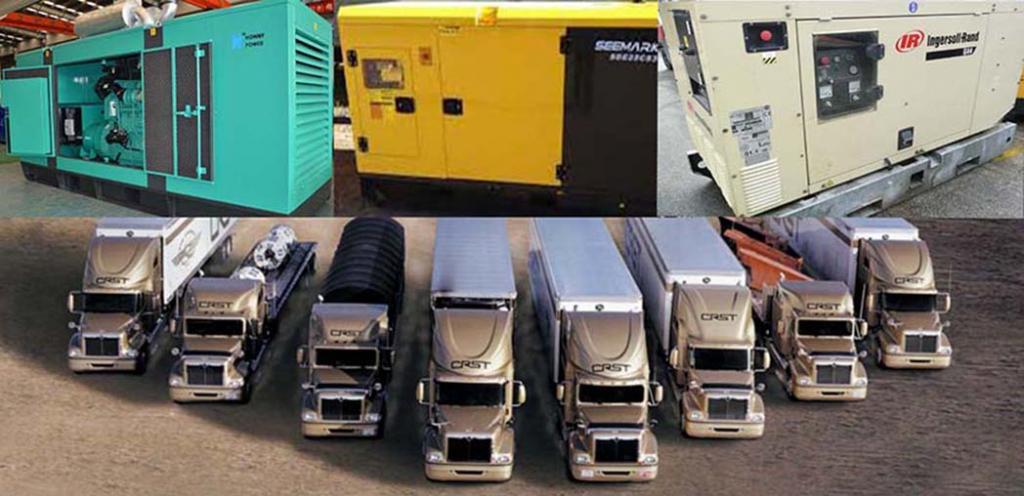
Sales accounting
If the company decides to sell the operating system, the accounting specialist will solve the problem of correctly displaying the fact of sale in the financial statements.
On the date of sale (transfer of ownership to the new owner), the seller must reflect the income. Such income is accumulated on account 91 (on credit).
The sale of an asset entails the need to reflect the residual value of such an asset for other expenses of the company.
Write-off and disposal
An object must be decommissioned if it ceases to be profitable. A commission is created, which necessarily includes the chief accountant. The commission inspects the facility and signs the debit statement. The unified form of OS-4 is used. The card of the inventory couple indicates the retirement of the object. The organization is required to keep a 5-year registration card.
Tax accounting for write-offs of fixed assets implies that an accountant needs to open a special sub-account on account 01 (usually called 01-B) and use it in the corresponding records.
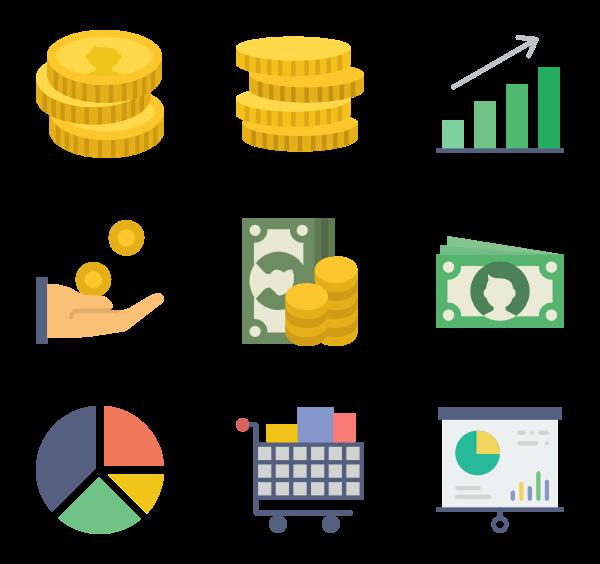
Organization of tax accounting
Tax accounting of fixed assets has undergone changes in legislation today. Despite the fact that the basic approaches and principles have not changed, some nuances must be taken into account.
The cost limit should be valid only in fixed assets that the company put into use after January 1, 2016.
If the company plans to use the asset in its core business for more than 1 year, then the following options are possible:
- property until 2016 is recognized as the main asset if the assessment of its value is above 40,000 rubles;
- property after 2016 is an asset if the assessment of its value exceeds 100,000 rubles.
In 2017, tax accounting of the organization’s fixed assets introduced a new classification of fixed assets included in depreciation groups based on the new OKOF.
In the new classification, fixed assets are grouped differently:
- codes and names of fixed assets changed;
- added objects that were not in the old classification;
- some elements are moved from one depreciation group to another.
In 2018, companies had the opportunity to reduce their income tax (or down payments on this tax) through an investment tax deduction. The company can choose a way to write off the value of the OS:
- apply depreciation;
- apply investment deduction.
If a firm acquires an asset, then the main task of an accounting professional is to calculate the value of the asset for accounting purposes.
The tax code defines the initial value of an asset as the sum of all costs incurred by a company in connection with the acquisition of such an asset.

Features of accounting at the simplified tax system
STS and tax accounting of fixed assets differ from accounting for fixed assets of the general taxation system.
Simplified taxpayers who have chosen the object of taxation “income” do not take into account any expenses for tax purposes and, therefore, cannot reduce the amount of tax on expenses associated with obtaining the object of fixed assets. However, this does not mean that OS objects can be ignored. Follow the main assets in the STS "income" will still have to.
The threshold residual value of fixed assets, above which simplified taxation is impossible, is set at 150 million rubles.
Taxpayers who use the simplified tax system with the object “income reduced by the amount of expenses” when calculating the single tax can take into account the costs of:
- for the purchase, construction and production of fixed assets;
- their completion, additional equipment and modernization.

Conclusion
The successful functioning of the enterprise is largely determined by the efficiency of using all factors of production and, above all, fixed assets.
The rational use of OS objects is one of the main tasks of the enterprise in modern conditions of scientific and technological progress.
Double-entry accounting in relation to fixed assets (tax and accounting) is an obligatory element of the company's modern business activity, to which it is required by Russian law. Both of these accounts, at first glance, are similar to each other, but differ in a number of ways. For example, they have different tasks and procedural issues. Nevertheless, in recent years, they have been legislatively trying to establish a framework that more or less brings them closer to each other, which is associated with the need to simplify accounting activities in modern companies.
Accounting is regulated by the existing PBU6 / 01, and tax - by the Tax Code. For the correct management of both types of accounting, a constant audit and revision of calculations and methods of their application are required.
